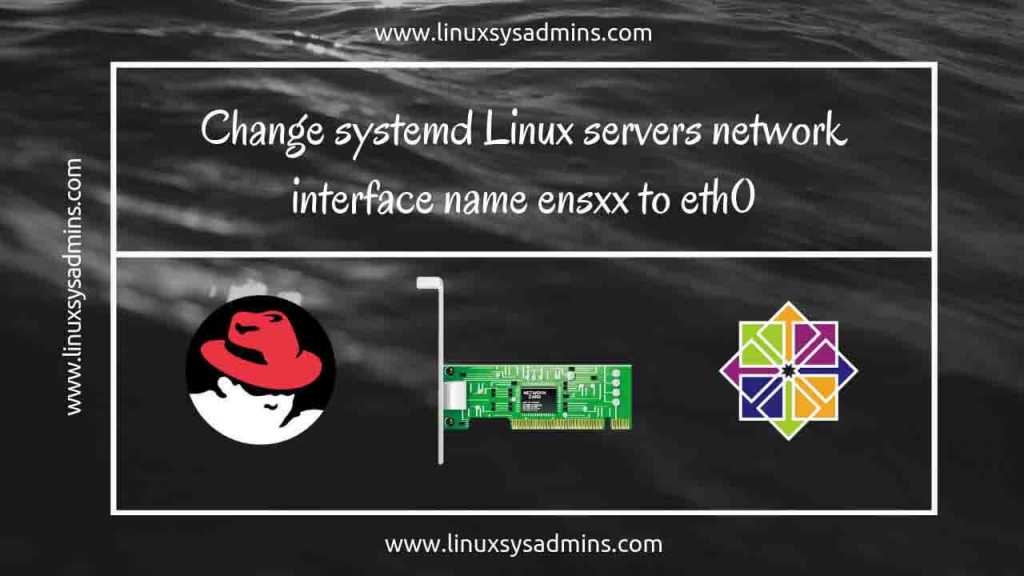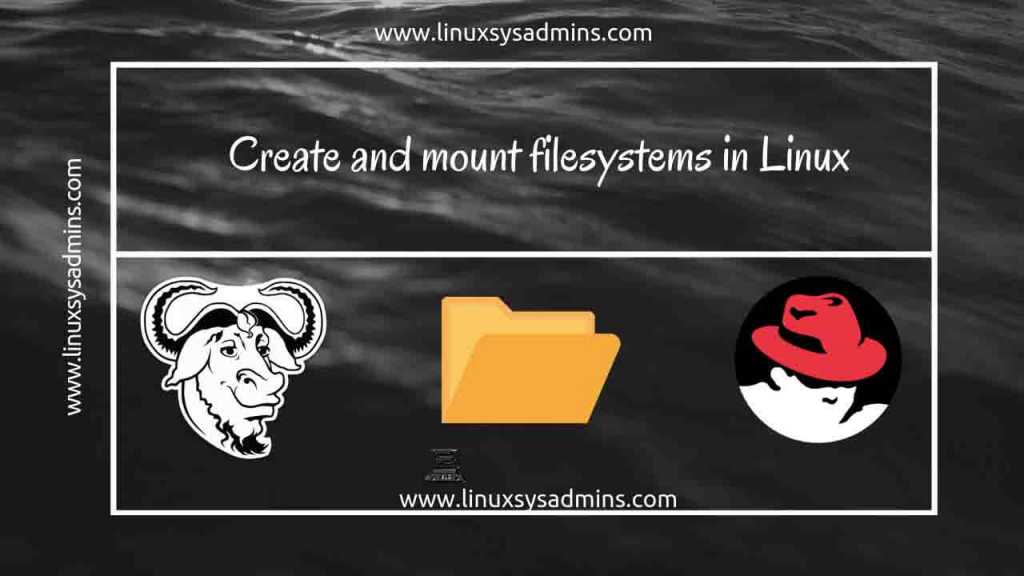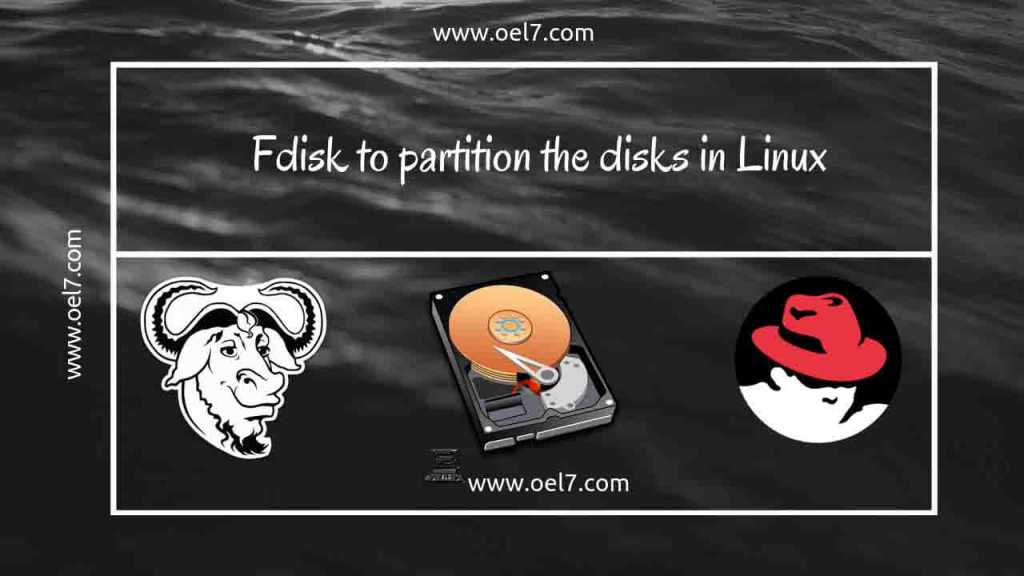Step by step guide to configure a network interface on Linux Operating Systems using command line tool nmcli. This guide applied for RHEL, CentOS & Oracle.
Rsync (Remote Sync) | 20 Rsync command with Examples in Linux
Rsync or Remote sync in Linux help to securely copy the files from any remote servers to a local server, It can be used as a poor mans Linux backup tool.
How to Create Local Yum Repository on RHEL 8
Set up a local Yum repository on RedHat Enterprise Linux 8 and CentOS 8 using a DVD or ISO file, This helps us to get the packages offline and ready to install.
Using AppStream with yum in Red Hat Enterprise Linux 8
AppStream and yum in Red Hat Enterprise Linux 8 helps to perform the safest way of installing packages using a module method with Streams and profiles.
31 Yum command for Package Management in Linux
yum command is a package manager used to manage RPM packages in Linux servers. YUM is known as “Yellow-dog Updater Modified” it has several options with arguments to search, install, remove and update the packages.
Install Oracle Java JDK on RHEL 7/CentOS 7
Java used in every device across the production and development environment, Java lets you develop and deploy Java applications on desktops and servers.
Change systemd network interface name ensxx to eth0
Changing systemd network interface name (ensxx) in RHEL and CentOS to a legacy naming convention eth0.
Create and mount filesystems in Linux
In this guide lets see how to create a different filesystem and mount it in Linux, the following steps can be followed in almost all Linux flavours. We […]
FDISK to partition the disks in Linux
Introduction: Maybe this can be well known to you. Still, many of them wonder how to work with “fdisk” utility. Today’s guide we are focusing on how to […]
How to Completely disable IPv6 in Linux
A short guide about how to disable IPv6 in most of linux distributions.



